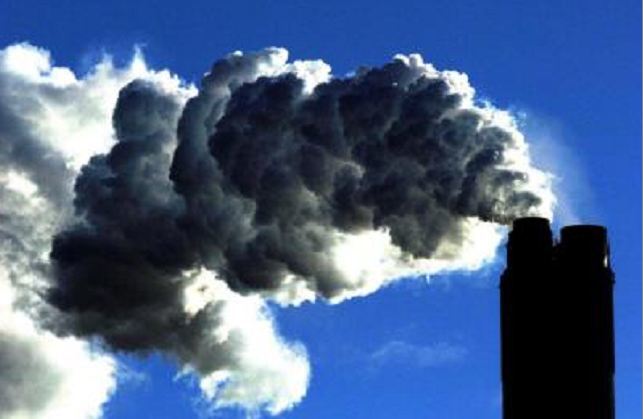
Scotland has missed its latest climate change target, prompting calls from environmental campaigners for ministers to do more in the fight against global warming.
Official figures showed that in 2017 adjusted emissions, against which progress on legally binding climate change targets are measured, rose by 3.7% to 46.410 million tonnes of carbon dioxide equivalent (MtCO2e).
The is above the 43.946 MtCO2e that has been laid down in the Scottish Government’s climate change legislation.
Environment Secretary Roseanna Cunningham said that it was “disappointing”, adding that “greenhouse gas emissions appear to have increased because of the technical adjustment made to the figures relating to the EU Emissions Trading System”.
However, environmentalists said the new figures showed more action was needed to tackle climate change.
Caroline Rance from Stop Climate Chaos Scotland (SCCS) said: “Emissions from transport, including road traffic and flying, actually went up in 2017.
“Scientists have told us that we need to move faster, and in April the First Minister declared a climate emergency.
“This means acting with even greater urgency to cut emissions now and over the next decade.”
She demanded the revised Climate Change Bill, which MSPs will vote on next week, must include “tougher climate targets and strong policies to slash emissions”.
Ms Rance said: “Action is especially needed in transport, which remains Scotland’s largest emitter, in how we heat our homes and how we grow our food.
“Changes in these sectors will also improve health, reduce pollution and tackle fuel poverty.”
While adjusted emissions, which take into account CO2 removed from the atmosphere as well as emissions trading, increased for 2017, actual emissions fell by 3.3% over the year to 40.5 MtCO2e.
Transport, including international aviation and shipping, was the largest source of net emissions in 2017, producing 14.9 MtCO2e, Scottish Government data showed.
Actual emissions from international shipping and aviation increased 43.4% over the period between 1990 and 2017.
The main reason for the fall in actual emissions in 2017 was an 18.9% reduction from the energy sector.
This was achieved after the closure in 2016 of the Longannet power station on the Forth, the last coal-fired power station in Scotland.
Ms Cunningham stressed actual emissions “are what really matters for tackling climate change”, noting these had fallen between 2016 and 2017.
She added: “Scotland already has the most ambitious agenda in the UK for decarbonising transport, including our commitment to phase out the need for new petrol and diesel cars by 2032.
“We have doubled our active travel budget, encouraging more people to walk and cycle, while low emission zones will be in place in Glasgow, Edinburgh, Dundee and Aberdeen by the end of 2020.”
But she added “difficult decisions” would have to be made for Scotland to meet its climate change targets.
First Minister Nicola Sturgeon has declared there is a “climate emergency” and Ms Cunningham said: “These statistics show that there can be no room for complacency.
“If Scotland is to end its contribution to climate change we cannot shirk from the challenge, and we tackle it together.
“Difficult decisions will have to be made but Scotland is not in the business of taking the easy way out – we are up for the challenge.”
Recommended for you
